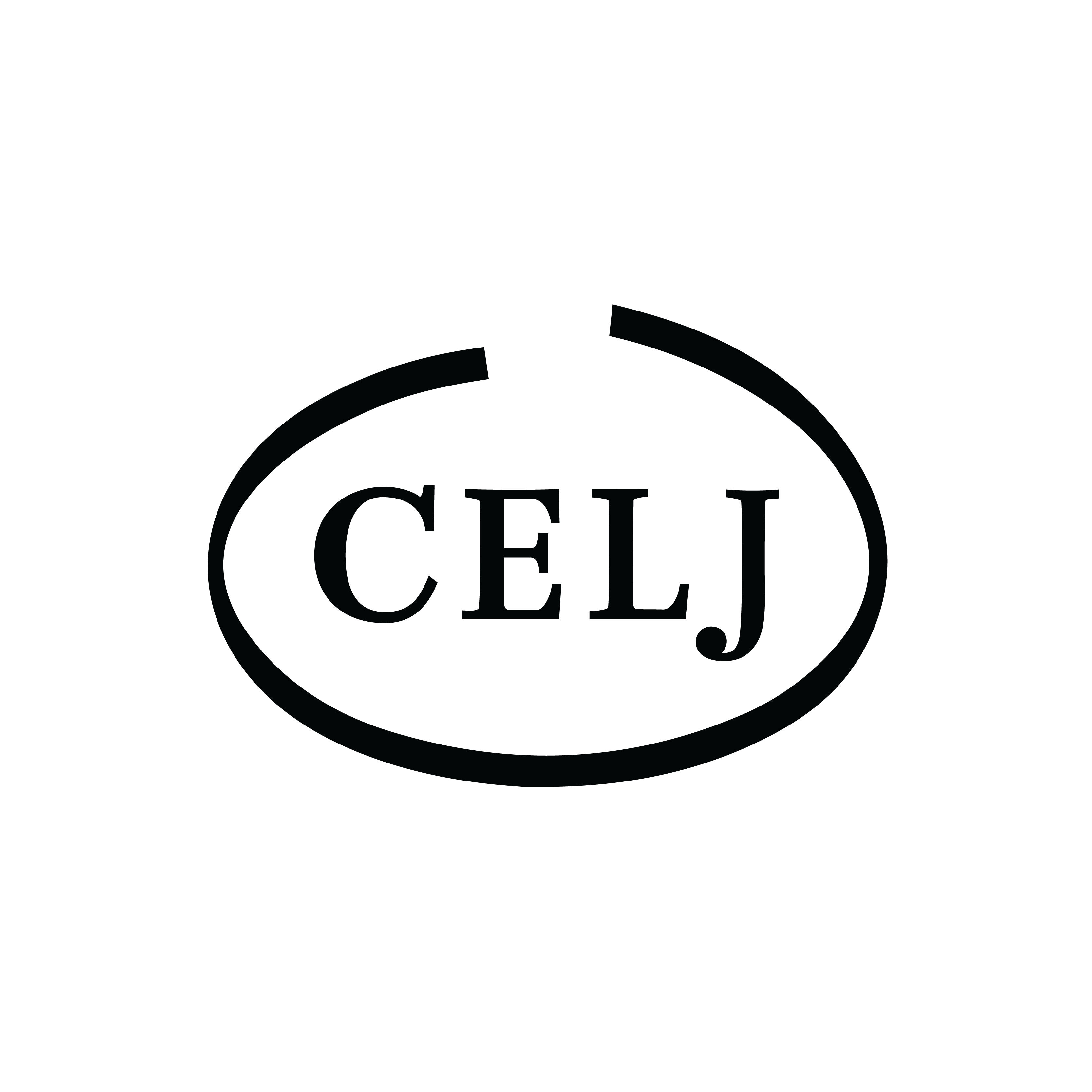Logging On
Cheryl Ball, Editor
Kairos at MLA and Abroad
To readers of Kairos, the journal’s added value to scholarly conversations was evident the moment it first published in 1996. With the influx of hypertext theory and the advent of the World Wide Web, it was obvious that writing studies needed a journal that could enact the theories and practices happening in digital spaces. As I’ve said elsewhere, Kairos allows authors and readers to interact with scholarship that shows as well as tells, which makes it fairly unique among journals. But there are many academics and administrators who don’t believe in the base value—let alone the added value—of digital publishing, which is why I was grateful for several opportunities to showcase what Kairos does, how it works, and the kinds of digital media scholarship it features this fall.
In early October, I traveled to Oslo, Norway, to participate in two seminars on research mediation and narrative strategies in mixed-reality environments. Longtime Kairos reader and Computers and Composition award winner Andrew Morrison hosted these seminars on behalf of Intermedia (a member of the EU-funded project, gRIG). The first seminar focused on the intersections between art practices, scholarly publication, and digital design, so Kairos was a well-received fit among the mostly European-based artists and scholars in attendance. (A shout-out to the two other U.S.-based researchers who were able to attend: Gail Hawisher, speaking about Computers and Composition Digital Press, and Paul Prior, speaking about semiotic remediation in new media production, a preview from his upcoming book.)
In my presentation, I talked about the 14-year history of Kairos and how its peer-review system is set up to accommodate digital media scholarship (as opposed to nonmedia-rich digital scholarship)—topics that are common in Kairos presentations in which the audience is new to the journal and its particular brand of added value. I also discussed the value (and complications) for authors, editors, and readers when the journal receives submissions that are so unusual that we don’t always know what to do with them. Such is the case with the webtexts in this issue, which I was able to showcase because they are a “creative” lot that feature nontraditional argumentation methods focusing on visual, and sometimes aural, meaning-making.
In late October, I traveled to New Mexico State University at the behest of scholars (and grad-school buddies) Kathryn Valentine and Jennifer Sheppard, to present in the English department’s professionalization series on publishing. I tag-teamed the presentation for faculty and graduate students with Kristine Blair, editor of C&C Online. We discussed everything from basic tenets of publishing in digital writing studies journals (including peer-review processes) to rhetorical composition strategies using multiple media to curricular and tenure issues related to digital media scholarship. We followed that session with one-on-one meetings with a bevy of smart graduate students interested in digital scholarship. It was a blast!
(Plus, because she’s such a mensch, I would like to thank Kristine as well as Cynthia Selfe and Gail Hawisher, for referring to Kairos in the December 2009 issue of MLA’s Profession. They were asked to contribute an article—the only one that discussed digital journals and presses—to a special section on the intellectual life of editing. The whole section is a fascinating read for those interested in editorial work, but I sincerely appreciate it when fellow journal editors give shout-outs to others.)
Late December brought my final Kairos trip of the year. Keith Dorwick (co-editor with Kevin Moberly of the new, online journal Technoculture) invited me to present in a roundtable of digital journal editors (“Value-Added: The Shape of the E-Journal”) at the Modern Language Association. I hadn’t planned on attending this year, but Keith convinced me that outreach for those of us with “e-“ prefaces would be met favorably. He was right, and the session was a success.
MLA had set up the room to include 8 tables (one for each journal), a large LCD display for each, and an Ethernet connection. Tech support was readily available and helpful. (Sound systems were, as at most humanities conferences, an oversight, but few of the journals needed it anyways.) Rosemary Feal had requested this session, and I think she got a strong showing, both in journal editors willing to travel to give a 5-minute overview of their wares and in attendees who were interested to hear what our value is.
It may have helped that digital humanities sessions (this listing courtesy of twitterific Mark Sample) were a hot topic at MLA. I guesstimated the attendance to be about 40, and questions during individual-journal Q&A ran the gamut: affiliations (i.e., who runs Kairos: the staff; and who owns and runs the server: a long, complicated answer), funding (i.e., what is your economic model: gift), composing (i.e., how do authors come up with designs: visual metaphors are one way), and archiving Web 2.0 texts (i.e., another long, complicated issue). The crowd was engaged and had lots of friendly questions about the journal and its work. I aim to write more outreach pieces about Kairos and its workings, btu in the meantime, dear readers, if you have questions please send us an email. We're happy to help!

